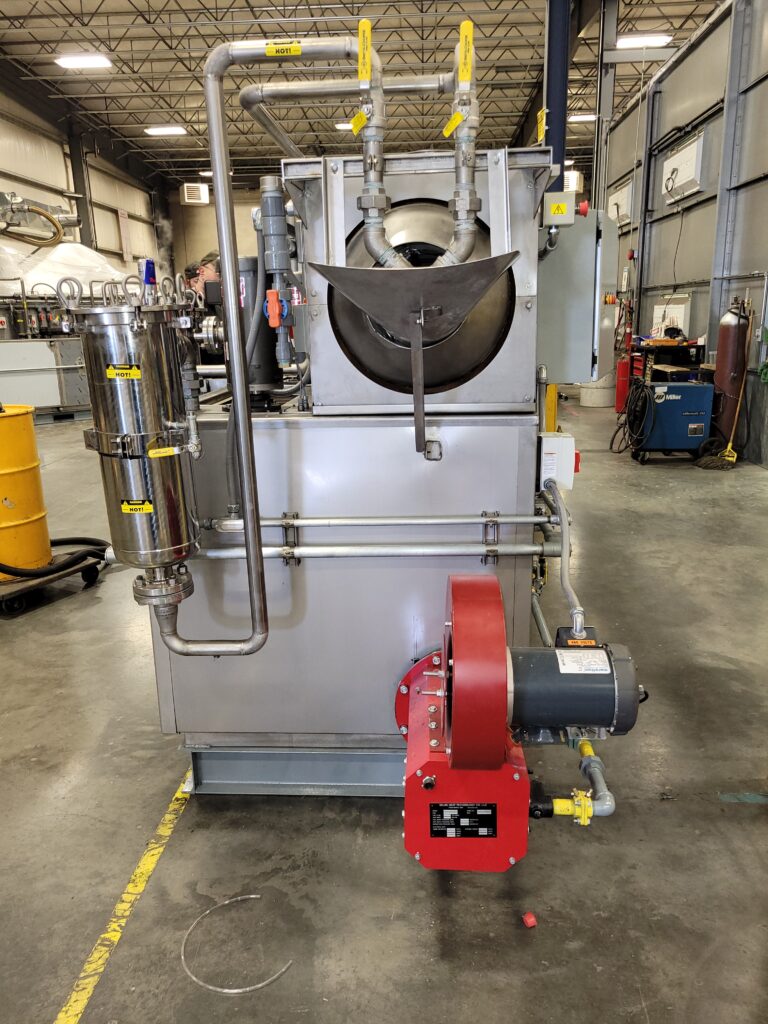
Cleaning rests on four factors: time, chemistry, mechanics and, of course, temperature. Heated aqueous parts washers save you time by reducing how long it takes to clean and process parts. Cleaning at higher temperatures increases chemical reaction rates. When you heat cleaning chemistry, the molecules move faster, hastening the chemical reaction between the chemistry and […]

Take your company’s used industrial parts washer to the next level! If your current parts cleaning system isn’t cutting it, you should look for signs of wear and corrosion. Routine maintenance checks and part replacements help used parts washers run efficiently. Older parts washers may need component updates or new features to keep cleaning well. […]
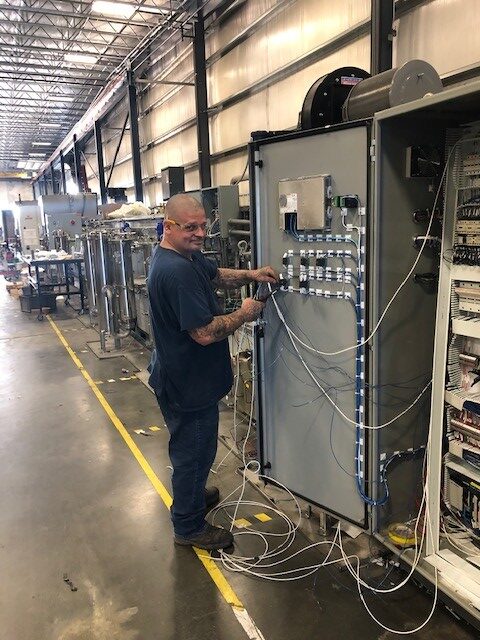
When Billy Masten fell off a roof, he wasn’t sure what to do next. The 25-foot fall broke eight ribs, collapsed one lung and fractured his pelvis. He didn’t want to renovate homes anymore. On paper, Billy wasn’t a perfect job candidate—he’d been in prison. Go back 10 years. Jason Tatum struggled to start a […]
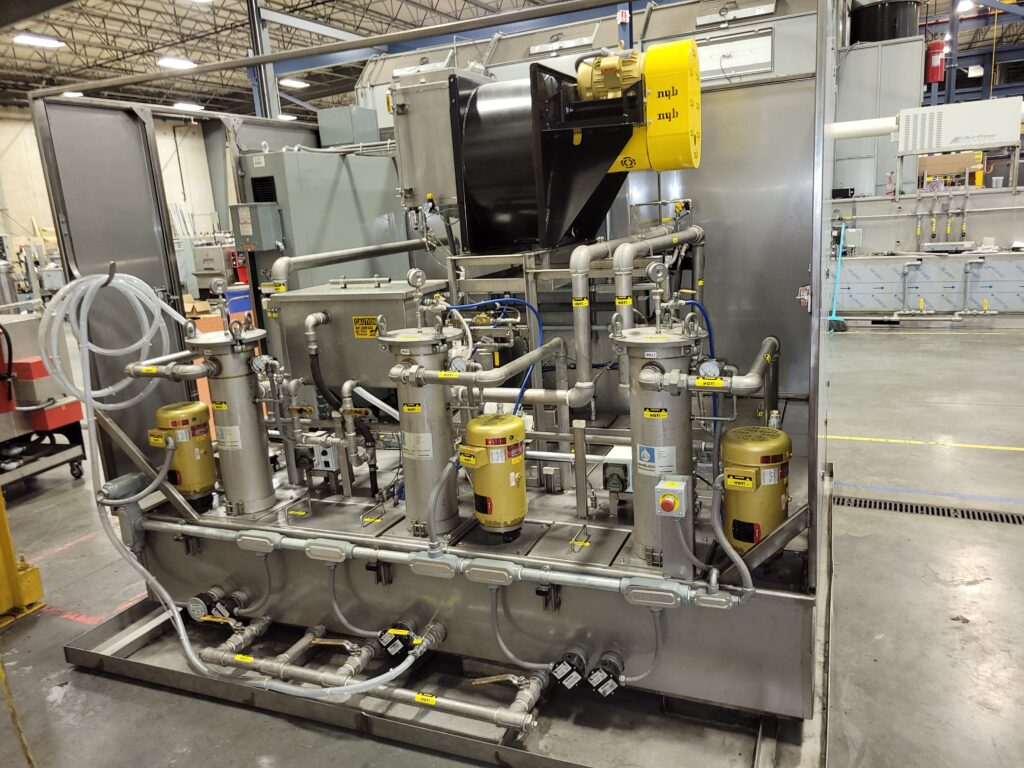
For an aqueous parts washer to run like a “well-oiled machine,” you need to treat it like one. Parts washer maintenance is critical for cleaning efficiency. Worn or broken parts affect your machine’s ability to clean, which costs you more money in the long run. Be prepared by ordering replacement parts. With spare parts on […]
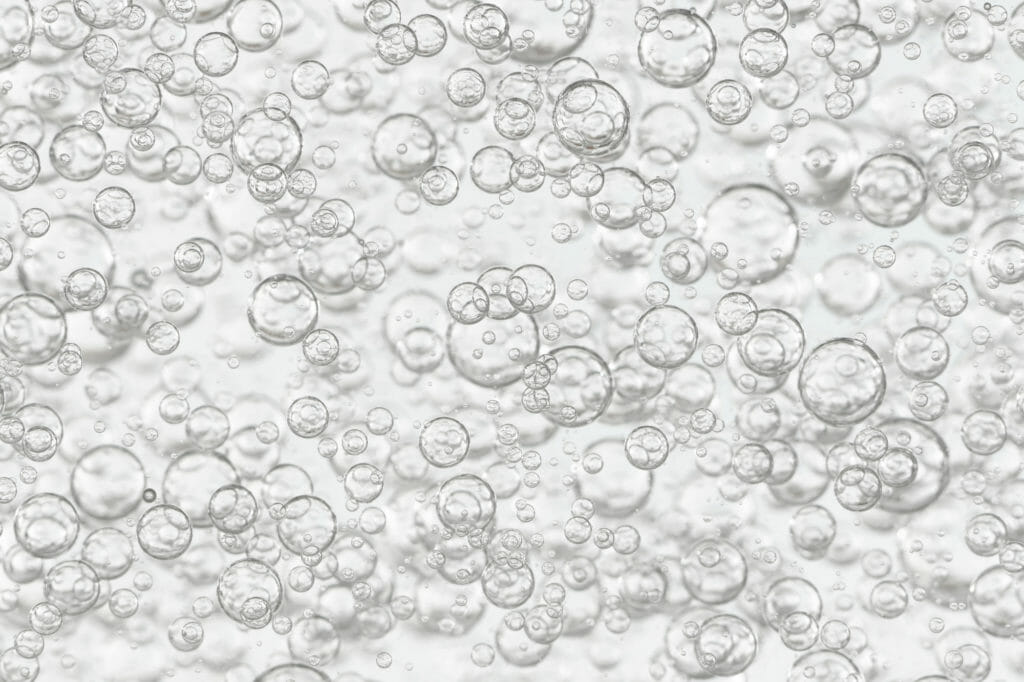
Add heat to any chemical reaction. What happens? The reaction speeds up. Heating your aqueous solution accelerates cleaning, so parts are processed faster and more effectively. Parts washers have heated tanks that maintain the cleaning solution’s temperature. Typical operating temperatures range from 130℉ to 190℉. Other cleaning factors include time and agitation. These factors, combined […]
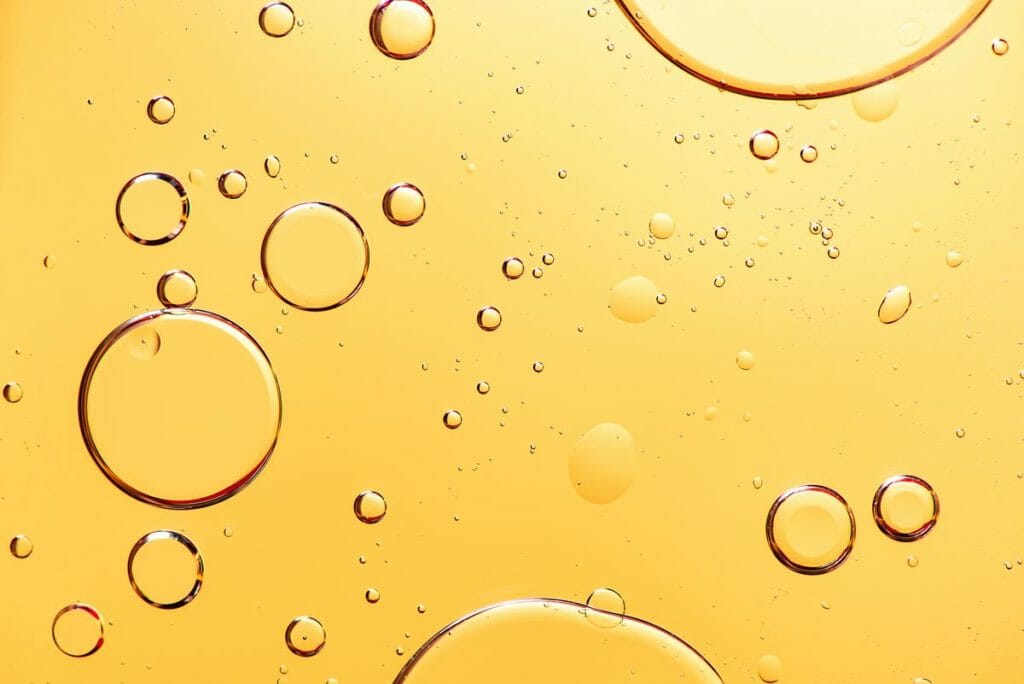
Aqueous cleaning chemistries are customized for specific applications. Your aqueous cleaner can look dirty or yellowed as it works its magic. Depending on your needs, you may have a spray, immersion or ultrasonic parts washer. Many custom parts washers perform a combination of these cleaning methods. Most of the time, cleaning solutions naturally change color […]
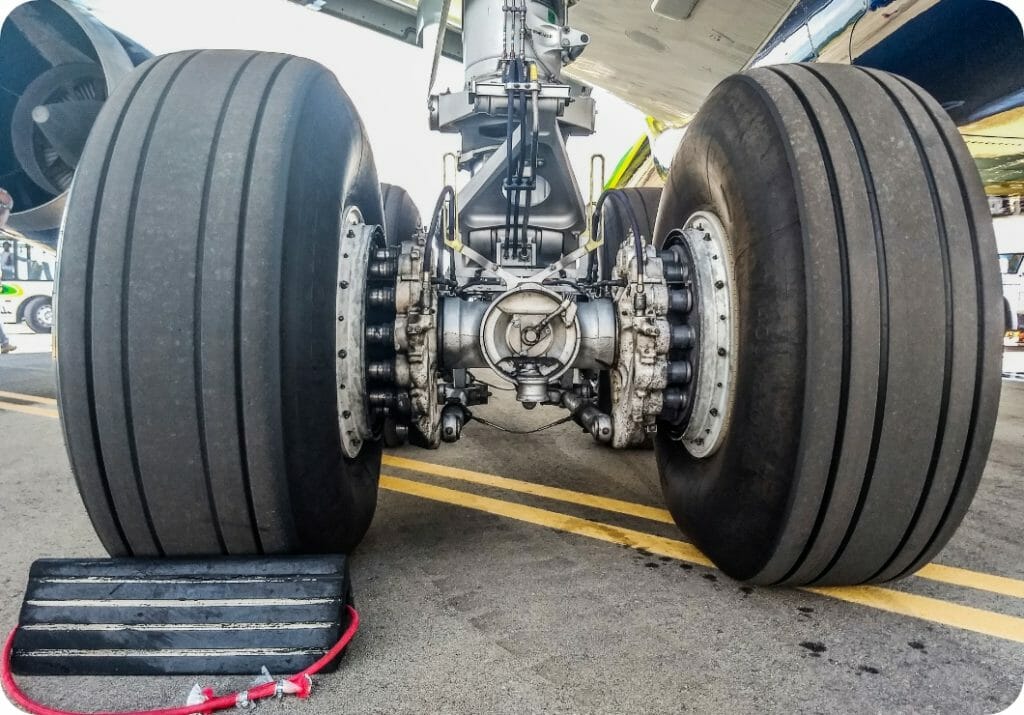
There’s a difference between parts cleaning and precision parts cleaning. Many manufacturers only need to rinse off soils. Others need to remove soils at the microscopic level. Precision cleaning does just that. What is precision cleaning, and what does it entail? From typical industry applications to required testing and verification, let’s walk through what you […]
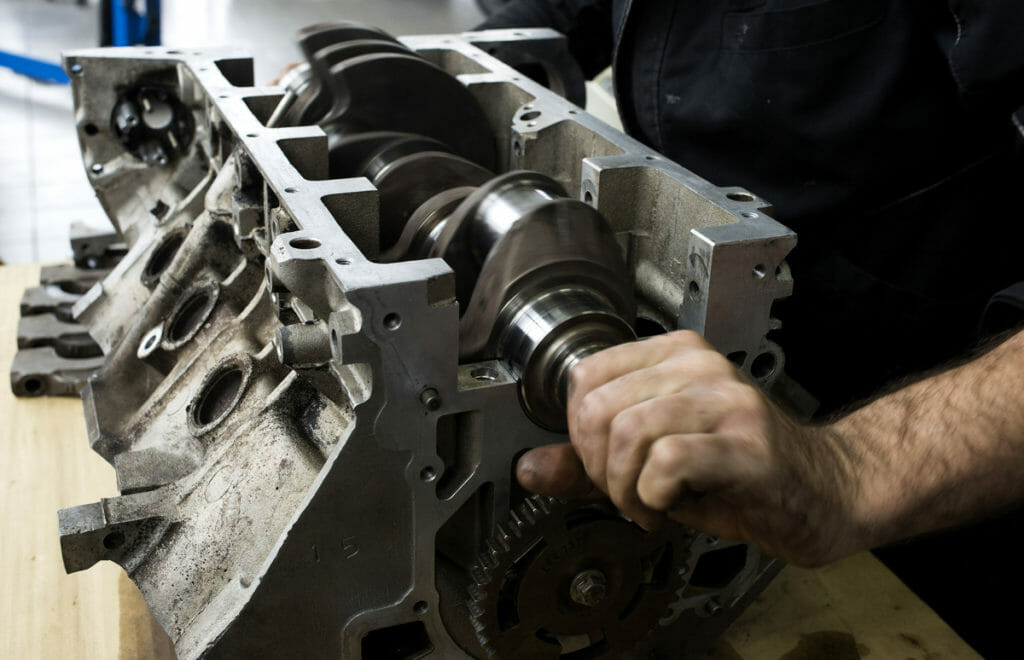
Automotive remanufacturing is on the rise as more people worldwide keep cars for extended periods of time. Personal vehicles and semi-trucks age, and they need high-quality replacement parts to keep operating. Remanufacturers fill this need with gasoline and diesel engine parts that meet or exceed the original equipment manufacturer’s standards. All automotive remanufacturers and service […]

Nothing is more important than the safety of our employees. From your first day to your last, Jenfab facilitates continuous safety training through employee-led initiatives, daily safety talks and annual training recertification. Safety is top-of-mind in everything we do. As you grow in your career, you’ll have opportunities to expand and adopt new skills. We […]
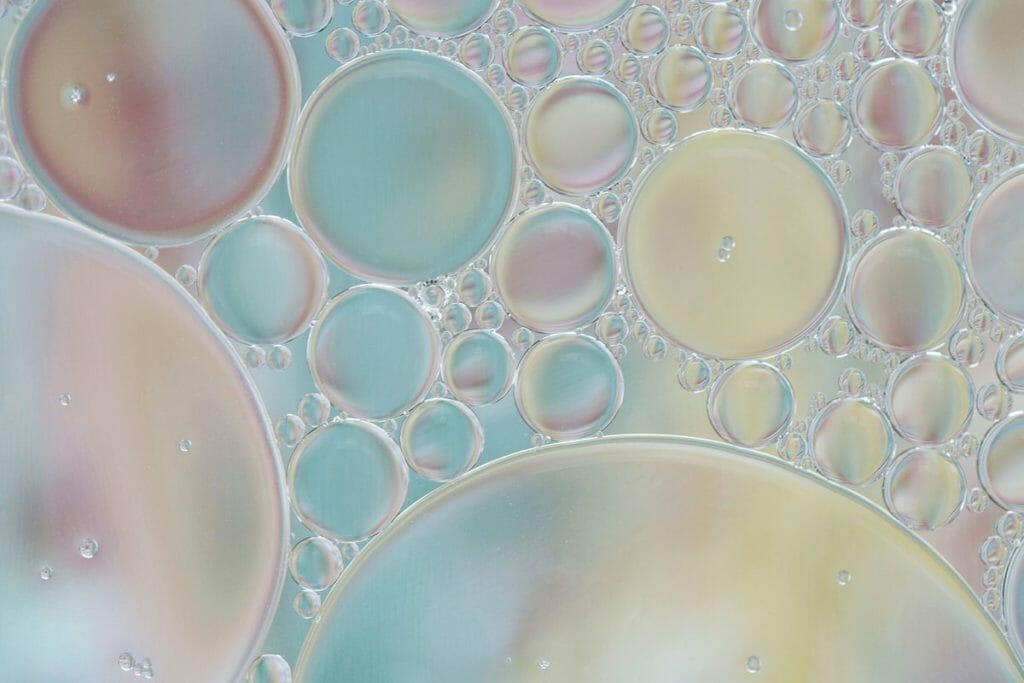
Aqueous cleaning chemistries are an effective way to remove soils from parts. Organic soils, including motor oil and grease, and inorganic soils, such as scale and rust, can be eliminated with the right system and chemistry. Every aqueous cleaner’s solvent is water. Unlike petroleum solvents, chemistries that are water-based clean without any harmful effects. Aside […]





















